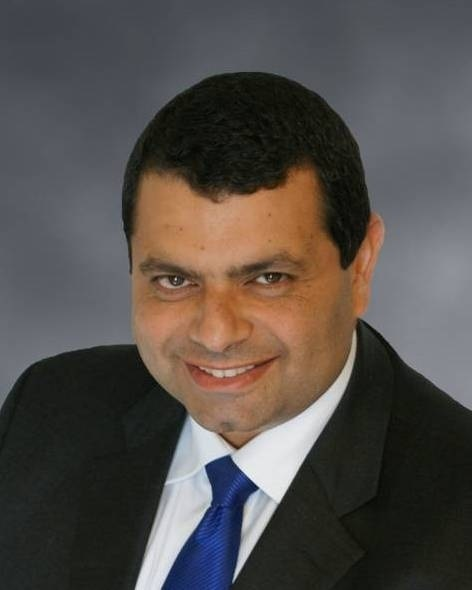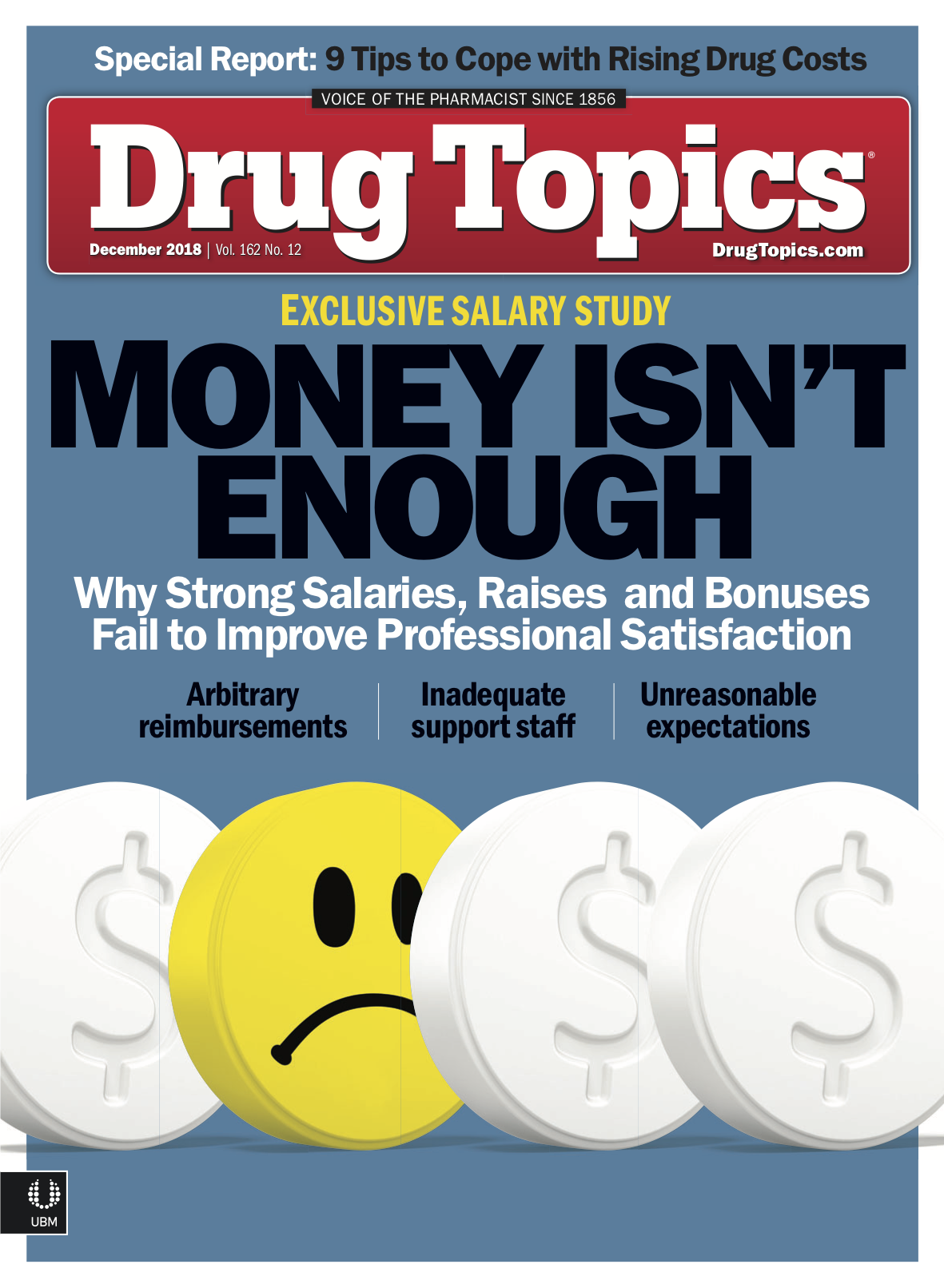Small Doses: December News
CVS vs Amazon, Naxolone, and more.

Ash Shehata

Analyst: Free Delivery Helps CVS Compete Against Amazon
CVS Pharmacy’s new CarePass loyalty program, which includes free prescription delivery, will likely help it better compete against Amazon and other online retailers, an analyst says.
“CVS and other retail pharmacies will want to boost their home-delivery capabilities so they are not playing catch-up with Amazon. Retail pharmacies feel an imperative to build their loyalty programs before Amazon applies greater focus in this field,” Ash Shehata, advisory principal for professional services firm KPMG’s Healthcare & Life Sciences Practice, tells Drug Topics.
In late October, CVS launched the pilot membership rewards program in the Greater Boston area. For $5 a month or $48 a year, CarePass customers receive free delivery on most medications and purchases, 20% off all CVS Health private label products, and access to a 24/7 pharmacist hotline.
“We are committed to designing and testing innovative programs that meet our customers’ health needs whenever, wherever, and however they want,” says Kevin Hourican, executive vice president of CVS Health and president of CVS Pharmacy, in a statement.
However, CVS faces stiff competition in the prescription-delivery arena since Amazon acquired the online drugstore PillPack, which delivers medications in presorted dose packaging and coordinates refills and renewals. Plus, other innovative online drug stores, such as Capsule Pharmacy, are competing for brick-and-mortar stores prescription business.
Shehata says CVS and other drug store chains can succeed in the prescription-delivery space. “CarePass doesn’t have the same benefits as Amazon Prime, but the program does offer value to consumers and expands upon its current loyalty program with the home-delivery benefit.”
Plus, CVS’s merger with Aetna adds numerous additional touch points to reach consumers, Shehata notes. The use of [CVS loyalty] data-paired with data from a PBM, an urgent care clinic, or the Aetna health plan-can help CVS obtain a 360-degree view of a person’s behavior and health situation. The discounts, coupons, and convenience can help keep a customer engaged, but understanding customer behaviors can help save money on medical spending by offering earlier interventions of preventive care or helping with medication adherence,” Shehata says.
To succeed with CarePass, CVS needs a mix of in-store promotion, staff training, and promotion to existing customers to highlight the value of the program, according to Shehata. “With a base of nearly 10,000 stores and an existing loyalty program, it might not be that big of a leap for the company to build CarePass into something that can be applied nationally,” he says.
Prescription delivery services are not “too little, too late” for large pharmacy chains, Shehata adds. “Delaying them, however, would create additional competitive barriers.”
Continue reading on page 2...
More Consumers Abandon Scripts Due to Cost
Nearly half of consumers have abandoned a medication prescribed by their physician because it was too expensive, according to a recent survey.
The survey by DrFirst, an e-prescribing and patient medication management solutions firm, also found that 73% of consumers would change pharmacies if they knew that doing so would save them money on a prescription.
As little as $10 in savings would motivate 38% of respondents to switch pharmacies. If the savings rose to between $11 and $25, nearly 70% of consumers would choose a different pharmacy, according to DrFirst. “Respondents’ willingness to change pharmacies to save money indicates that such advanced notice of prescription costs, coupon options, or lower-cost pharmacies would be highly valuable,” says the firm in a statement.
Only 44% of those surveyed said their physician advised them about medication costs or offered lower-cost therapeutic alternatives. “Even fewer (41%) reported receiving advice from their doctor or pharmacist about possible cost-saving coupons or having a prescription filled at a less-expensive pharmacy,” according to DrFirst.
However, retail pharmacists want to help patients achieve lower drug costs, B. Douglas Hoey, RPh, CEO of NCPA, tells Drug Topics. “Everyone agrees-some prescription drug prices are too high,” Hoey says. “And what other healthcare provider is both an expert on the effectiveness of medications and the cost of those medications than a community pharmacy owner?”
While recently enacted laws that prohibit gag clauses are a good step forward, there’s plenty more that can be done to increase patients’ ability to afford the medications they need, Hoey says. “As we keep working toward lower costs, we also strongly encourage patients to talk with their pharmacist,” he says. “Ask if the prescribed drug is the cheapest and most effective option for them. A community pharmacist would be happy to help.”
NCPA also continues to advocate for increased transparency, a streamlined prescription drug payment model, and a focus on the role played by “largely unregulated pharmacy benefit managers that contributes to the higher cost of prescription drugs,” Hoey adds.
Continue reading on page 3...
Many Pharmacies Fail to Offer Naloxone
While pharmacies in many states are allowed to offer naloxone for opioid overdose reversal without a prescription, some do not have the medication in stock or are not offering it, new studies say.
Fewer than 25% of pharmacies surveyed in California said customers could pick up naloxone without a prescription, according to a recent study published in JAMA.
California pharmacies have been allowed to sell naloxone without a script since January 2016, but the study found that fewer than a quarter actually had the drug in stock.
In a related JAMA study, one in four pharmacies in Texas didn’t have naloxone available, even though dispensing it without a script has been legal there since September 2015.
However, 83.7% of pharmacies surveyed in Texas said they would dispense naloxone without a prescription.
“Improved training of pharmacists may be needed to make naloxone universally available for the prevention of opioid-related deaths,” writes Michael Steinman, MD, professor of medicine at the University of California, San
Francisco, and Seth Landefeld, MD, chair of the Department of Medicine at the University of Alabama at Birmingham, in an accompanying JAMA editorial. “Such efforts will require resources, investment, and organizational support.”
Continue reading on page 4...
Naloxone Safe Past Expiration Date
Extending the shelf life of naloxone nasal spray (Narcan) and naloxone injection (Evzio) could greatly increase access to both forms of the opioid overdose-reversal medication, a study says.
The research was presented at the 2018 American Association of Pharmaceutical Scientists (AAPS) PharmSci 360 Annual Meeting in Washington, DC, in early November.
Researchers found that Narcan was chemically stable for at least 10 months past its expiration date, and Evzio was stable for more than one year past the expiration date. The shelf life of the medications range from 18 months to 2 years.
“The country is experiencing an opioid epidemic and, given the continued increase in opioid overdoses, our preliminary data suggests that extending the shelf life of these products should aid in avoiding the significant expense of replacing them every two years and also increase the availability of this life-saving medication in both stockpiles and communities,” says Charles Babcock, PharmD, the study’s principal investigator and an assistant professor at Marshall University School of Pharmacy, in a statement.
Naloxone’s short half-life may result in healthcare and community providers carrying or storing outdated product, adds Mohammad Faisal Hossain, MPharm, PhD, instructor of pharmaceutical science at Appalachian College of Pharmacy. “What makes our research unique is that the products tested were unused, expired doses from these local providers,” he says in a statement.
In related news, FDA is making progress on advancing the development of an over-the-counter (OTC) naloxone product as a way to promote wider access for overdose treatments, says FDA Commissioner Scott Gottlieb, MD, in a recent statement.
Continue reading on page 5...
Community Pharmacies Collaborate to Curb Opioid Abuse
Several communities pharmacies, along with a pharmacy school and a substance abuse prevention organization, are working together to help solve the opioid abuse epidemic.
The new collaborative care model, Project Lifeline, seeks to improve public health through substance abuse screening and referral of at-risk patients in Blair County, PA. Funded by the NACDS Foundation, the project is led by the
University of Pittsburgh School of Pharmacy’s Program Evaluation and Research Unit (PERU).
In addition to substance abuse screening, Project Lifeline aims to expand access to the opioid overdose reversal medication naloxone, build vaccination uptake for hepatitis B patients, and improve access to hepatitis C and HIV testing.
Project Lifeline uses an evidence-based approach to pharmacists’ delivery of early intervention for individuals at-risk for substance abuse: Screening, Brief Intervention, and Referral to Treatment. Blair Drug and Alcohol
Partnerships provides a case manager who conducts assessments and referrals for substance use disorder to pharmacies.
"The consequences of the opioid epidemic have been far-reaching, and we are committed to evidence-based programs like this one that offer tailored, community-based approaches that hold the potential to impact patient care and communities broadly,” NACDS Foundation President Kathleen Jaeger said in a statement.
Continue reading on page 6...
Retail Clinics Boost Pharmacy Sales
In-store clinics are known to boost sales of over-the-counter medicines and other products in drug stores, but new data is revealing their true impact.
Sixty-eight percent of patients who used in-store clinics made a purchase in the store during the same trip, and 56.3% later made a subsequent visit to that store to purchase items, according to a study by Civis Analytics. The study involved two surveys of around 4,900 retail clinic users.
Difficulties making appointments with their primary care providers (25.2%) and lower prices (15.7%) were the top two reasons patients chose retail clinics. While cost is a major factor in choosing retail clinics, people with health insurance are equally likely to use them, according to Civis.
Many retail clinic patients were not regular customers (28.6%) or had never been to that store before (10.3%). Of first-time visitors 23.5% learned about the particular clinic they visited primarily by walking by, while 17.6% went there based on recommendations, and 11.8% saw or heard an advertisement.
The majority of retail clinic patients (90.3%) said their experience was good, very good, or excellent, and 81.7% said they would go back to a retail clinic in the future.
Civis also found that retail clinic users are more likely to have higher incomes than non-retail clinic customers, to be male, and to be healthy.























